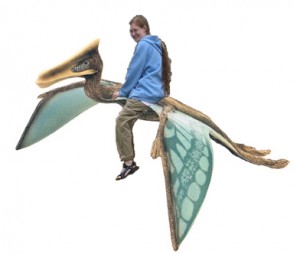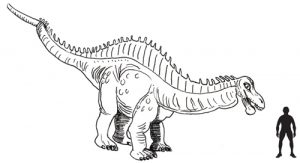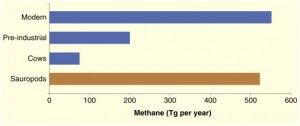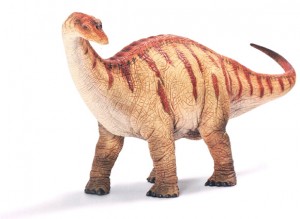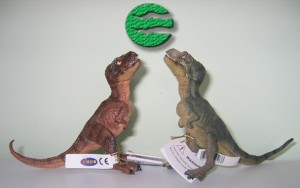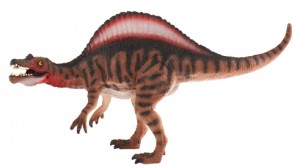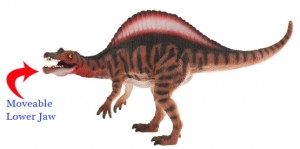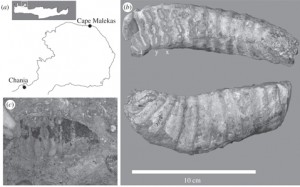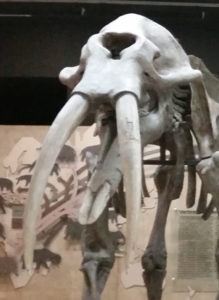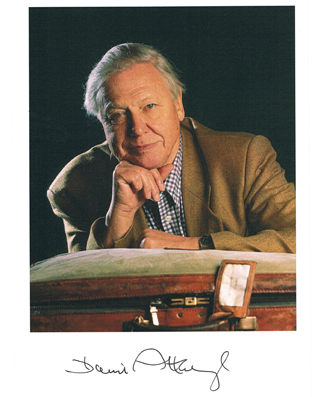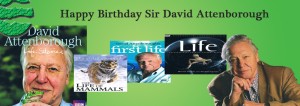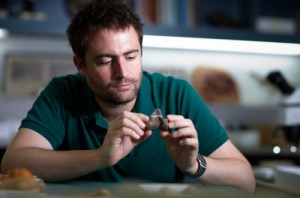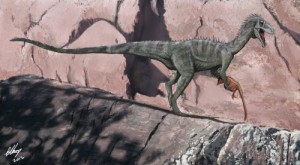Saltwater Crocodile with a Taste for “Oddities”
Rangers Shoot Troublesome Saltwater Crocodile
Rangers in the Northern Territory (Australia), have shot and killed an eleven foot plus troublesome Saltwater crocodile (C. porosus) with a taste for dogs and all sorts of “oddities” including a nappy, a football and clothing. The crocodile was attacking a dog at a beach near the small community of Galiwinku on Elcho island when rangers intervened and shot the animal dead. The dog although mauled survived the attack.
Elcho island is approximately 350 miles east of the city of Darwin. There are a number of very large Saltwater crocodiles in the area, attacks on people are not unknown and a number of crocodiles have been culled in the Northern Territories in the last few months.
It is standard procedure to examine the stomach contents of crocodiles that have been culled, the stomach acids of a crocodile are capable of dissolving bone, but stomach content analysis as part of a general autopsy, can provide the authorities with valuable information which might help to explain why a crocodile might become a “nuisance” animal. For example, if the stomach contains quantities of plant material as well as no natural prey remains it could indicate an underlying health problem that prevented the crocodile from being able to hunt its typical food of fish, although in reality a “Saltie” would attack almost anything that moves.
Troublesome Saltwater Crocodile
The Saltwater crocodile’s instinct to lunge and mouth anything that comes within range of its powerful jaws might help explain the odd assortment of items that were found inside the stomach. Amongst the bones of another dog, there was a football (deflated), a nappy and a small pair of shorts.
A spokesperson from Everything Dinosaur commented:
“We had once come across a crocodile that had swallowed a plastic soldier. The crocodile had eaten a bright yellow, plastic soldier, this came to light when the stomach contents of the animal was analysed. A crocodile uses its mouth to sense items in its environment, their instinct is to attack first and deal with the consequences later.”
Local officials at Galiwinku said that this particular crocodile posed a threat to the local population, it had been terrorising pets in the area and the threat of an attack on a person was always present, so the crocodile had to be killed when it attacked again. A few weeks ago, another Saltwater crocodile in another part of Australia was killed after it had reportedly eaten nine dogs.
All this news coincides with a new campaign aimed at attracting visitors to the country, with a renowned crocodile hunter being featured in a tourist promotion highlighting some of the colourful characters to be found in Australia.
A Crocodile Catcher
Former crocodile catcher Greg “Hairy Dog” Harman is one of a number of Australians who will be fronting a campaign by the Western Australia Tourism board, promoting the natural beauty and sense of adventure of the Kimberley region (Western Australia). Any resemblance to the fictional Mick “Crocodile” Dundee is purely coincidental, but we at Everything Dinosaur note the huge boost in Australian tourism that resulted when the films starring Paul Hogan were released back in the late 1980s.
Harman is a local guide and fishing expert specialising in catching Barramundi amongst the crocodiles that inhabit the Ord River. In a press release about the appointment, Australia’s North West Tourism Chief Executive Glen Chidlow said Harman had many similarities to the character immortalised by Hogan in the blockbuster 1980s films.
Glen commented:
“He’s one of the gruff characters of the Outback. One of those rugged, larger than life characters who have spent the last 25 years showing the natural attractions of the Kimberley to people from around the world.”
Ironically, the Saltwater crocodiles in the Kimberley region, many of which grow to over 4 metres in length, are one of the main attractions for wildlife tourists in the area. Let’s hope that the crocodiles behave themselves and don’t go after any pets, or people for that matter. Whilst for the sake of the crocodiles, let us hope that the people can remember to take their rubbish home so that it does not end up in the stomach of one of these fearsome reptiles.
For replicas and models of crocodiles and extinct archosaurs: Dinosaur, Crocodile and Prehistoric Animal Models.


